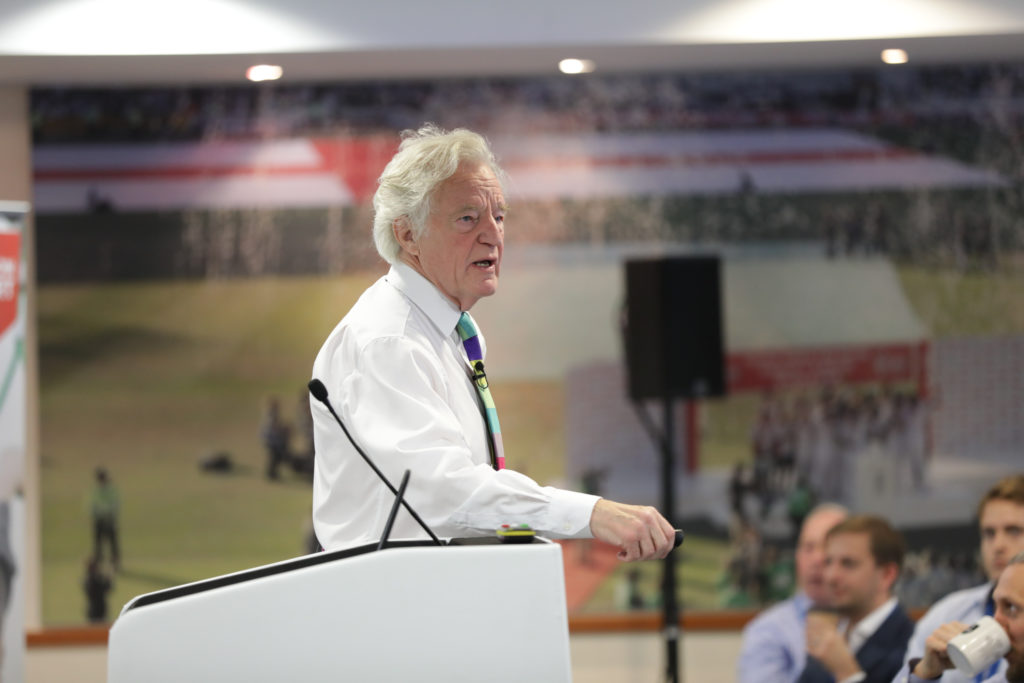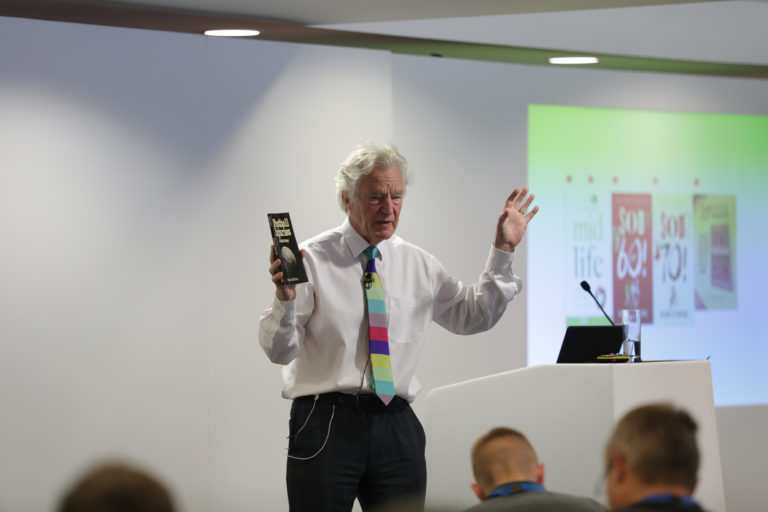At London Sport’s recent Active London event, Sir Muir Gray spoke of two healthcare revolutions that had an ‘amazing’ impact.
The first was the public health revolution and the work of John Snow in tracing the source of a cholera outbreak in Soho (in 1854) to a water pump which led to fundamental changes in the water and waste systems of London.
This resulted in similar changes in other cities, and a significant improvement in general public health around the world.
Since then Snow has very much been regarded as one of the fathers of modern epidemiology.
The second healthcare revolution Sir Muir spoke of was the technological revolution which has also been supported by 50 years of increased investment and 20 years of evidence-based medicine.

These technological and medical advances have meant that most people are now living longer but there are clearly still challenges with the quality of life as people get older especially when we look at influences of lifestyle and socio-economic inequalities.
So, what can the healthcare sector do to have a greater influence over this?
Sir Muir focused on the many interactions the healthcare sector has with patients both face-to-face and through written communications. He asserts that we need to make much better use of these interactions.
To highlight just two of Muir’s suggestions: allocate nine seconds to talk about getting active in most consultations on long-term conditions (about 500 million a year) and a billion letters and prescriptions are issued each year that could contain some sort of messaging or prompts to get people active.
And to back up what Sir Muir suggested, this week a new digital Moving Medicine Tool has been launched that will help healthcare professionals advise patients on how physical activity can help to manage their conditions, prevent disease and aid recovery.
Today we launch @moving_medicine at #ISPAH2018, a tool we’ve co-produced with @PHE_uk and @FSEM_UK to help medical professionals advise patients on how physical activity can manage conditions and aid recovery.
Take a look here 👇https://t.co/X3odqyASUd pic.twitter.com/t3yqVPn4lB
— Sport England (@Sport_England) October 16, 2018
It has been developed by the Faculty of Sport and Exercise Medicine in partnership with Public Health England and Sport England with support from National Lottery funding.
Evidence shows that one in four patients would be more active if advised by a GP or nurse, yet nearly three quarters of GPs do not speak about the benefits of physical activity to patients due to either lack of knowledge, skills or confidence.
The tool focuses on helping to address the most common long-term health conditions affecting the population, such as cancer, depression, musculoskeletal pain and type 2 diabetes.
This is a positive step to support healthcare professionals and London Sport are keen to look at how we can support this and better connect local physical activity and sport opportunities to back up the advice.
Moving Medicine has been developed in consultation with over 300 healthcare professionals and patients and using evidence-based step-by-step guidance.
In case you missed it earlier – here’s our video #movingmedicine #physicalactivity pic.twitter.com/TqrIflhMLm
— Moving Medicine (@moving_medicine) October 16, 2018
It is designed to provide healthcare professionals with the latest evidence to address this knowledge and skills gap in the NHS and support healthier outcomes for patients as a result.
In the words of Sir Muir:
“Moving Medicine is the single most important advance in therapeutics in my 50 years in medicine.
“The benefit to harm ratio is outstandingly favourable and every drug or psychological prescription for a long-term condition should be partnered by a Moving Medicine prescription of activity’.
Support doesn’t really come much stronger than this.

